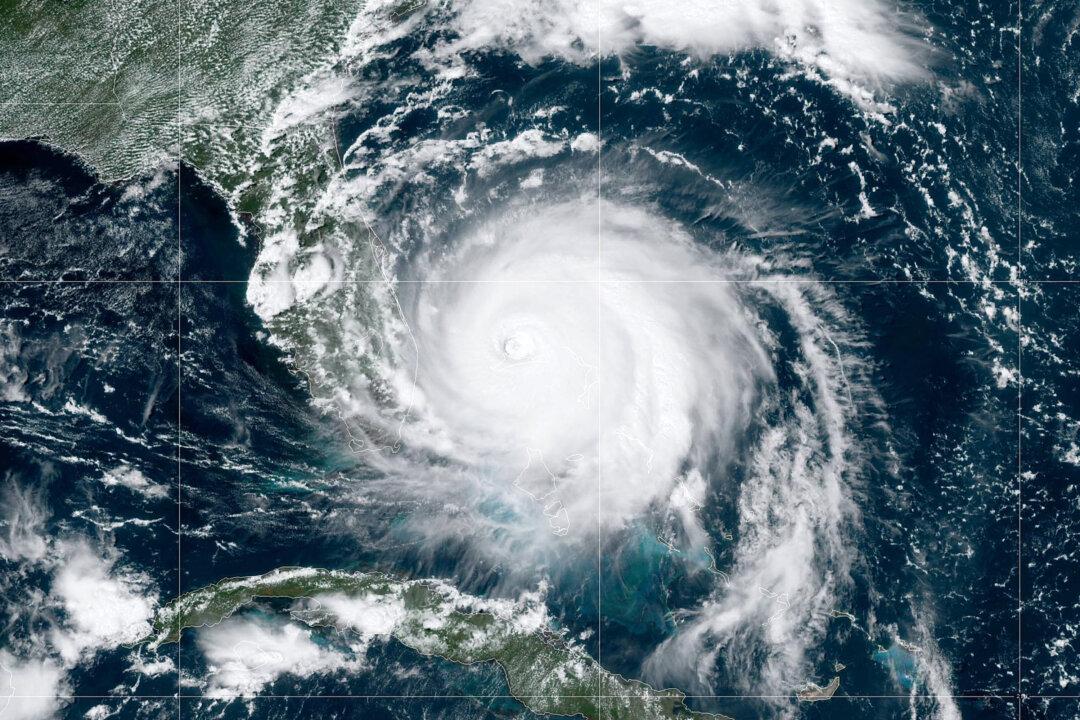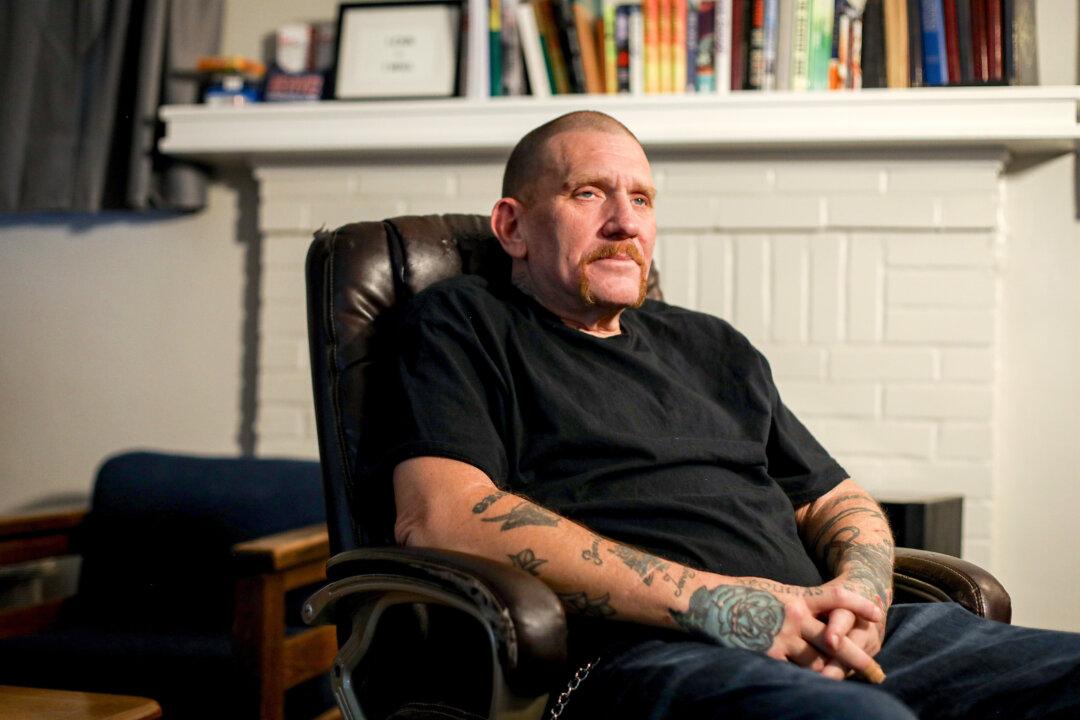Hurricane Dorian weakened slightly on Sept. 2 but was still “extremely dangerous,” with maximum sustained winds nearing 145 mph and packing even stronger gusts, the National Hurricane Center (NHC) announced.
Dorian was downgraded to a Category 4 storm from Category 5, according to the NHC, which noted that despite a “gradual weakening” forecast, the storm is “expected to remain a powerful hurricane during the next couple of days.”





